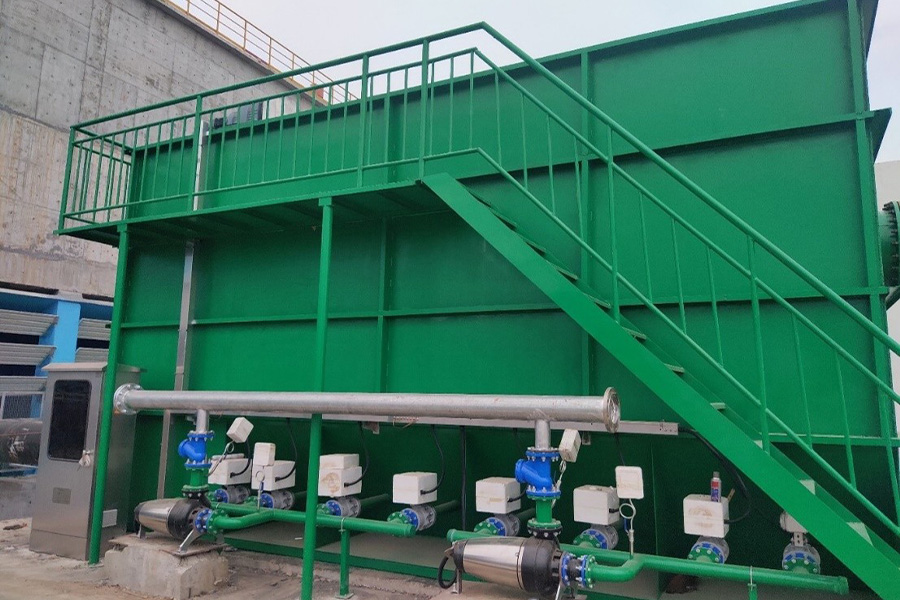In today's fast-paced global economy, the transportation of refrigerated items is a critical component of supply chain management. Whether you're a small business owner shipping artisanal cheeses or a large corporation distributing pharmaceuticals, understanding the nuances of moving temperature-sensitive goods is essential. This article delves into the best practices, technologies, and regulatory considerations involved in the transportation of refrigerated items, ensuring that your products arrive at their destination in optimal condition.
Understanding the Importance of Temperature Control
Refrigerated items, often referred to as perishable goods, require strict temperature control to maintain their quality and safety. The temperature range for refrigerated items typically falls between 32°F (0°C) and 50°F (10°C), while frozen goods must be kept at or below 0°F (-18°C). Deviations from these temperature ranges can lead to spoilage, loss of nutritional value, and even foodborne illnesses. Therefore, understanding the importance of temperature control is the first step in ensuring successful transportation.
Choosing the Right Transportation Method
When it comes to moving refrigerated items, selecting the appropriate transportation method is crucial. The primary options include:
- Road Transport: Ideal for short to medium distances, refrigerated trucks equipped with temperature-controlled units are commonly used. These vehicles can maintain the required temperature throughout the journey, making them suitable for transporting perishable goods.
- Air Freight: For long-distance shipments or urgent deliveries, air freight is the fastest option. However, it is also the most expensive. Specialized air cargo containers with refrigeration capabilities ensure that items remain at the correct temperature during transit.
- Sea Freight: For bulk shipments over long distances, refrigerated containers (reefer containers) are used in maritime transport. These containers are equipped with their own cooling systems and can maintain the desired temperature for extended periods.
Packaging: The First Line of Defense
Proper packaging is vital in protecting refrigerated items during transit. Here are some key considerations:
- Insulation: Use insulated packaging materials to minimize temperature fluctuations. Styrofoam boxes, thermal blankets, and gel packs can help maintain the required temperature.
- Sealing: Ensure that packaging is airtight to prevent moisture loss and contamination. Vacuum sealing is an effective method for preserving freshness.
- Labeling: Clearly label packages with handling instructions and temperature requirements. This information is crucial for transport personnel to ensure proper care.
Monitoring Temperature During Transit
Implementing temperature monitoring systems is essential for maintaining the integrity of refrigerated items. Here are some effective strategies:
- Data Loggers: These devices record temperature data throughout the journey. They can be placed inside the packaging to provide real-time information on temperature fluctuations.
- GPS Tracking: Advanced logistics companies offer GPS tracking systems that provide real-time updates on the location and condition of shipments. This technology allows for immediate action if temperature deviations occur.
- Alerts and Notifications: Setting up automated alerts for temperature breaches can help stakeholders respond quickly to potential issues, minimizing the risk of spoilage.
Regulatory Compliance and Best Practices
Transporting refrigerated items is subject to various regulations, particularly in the food and pharmaceutical industries. Familiarizing yourself with these regulations is essential to avoid legal issues and ensure product safety. Key regulations include:
- FDA Guidelines: The Food and Drug Administration (FDA) provides guidelines for the safe transportation of food products. Compliance with these regulations is mandatory for businesses operating in the food sector.
- Good Distribution Practices (GDP): For pharmaceuticals, adhering to GDP ensures that products are consistently stored, transported, and handled under suitable conditions.
- HACCP Principles: Implementing Hazard Analysis Critical Control Point (HACCP) principles can help identify potential hazards in the transportation process and establish control measures.
Conclusion: Ensuring Success in Refrigerated Transport
Moving refrigerated items requires a multifaceted approach that encompasses proper planning, packaging, temperature monitoring, and regulatory compliance. By understanding the intricacies of refrigerated transport and implementing best practices, businesses can ensure that their products arrive at their destination in optimal condition. As the demand for perishable goods continues to rise, mastering the art of transporting refrigerated items will be a key differentiator in the competitive landscape.




